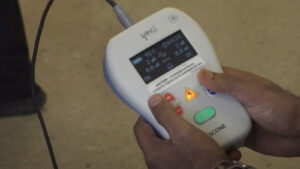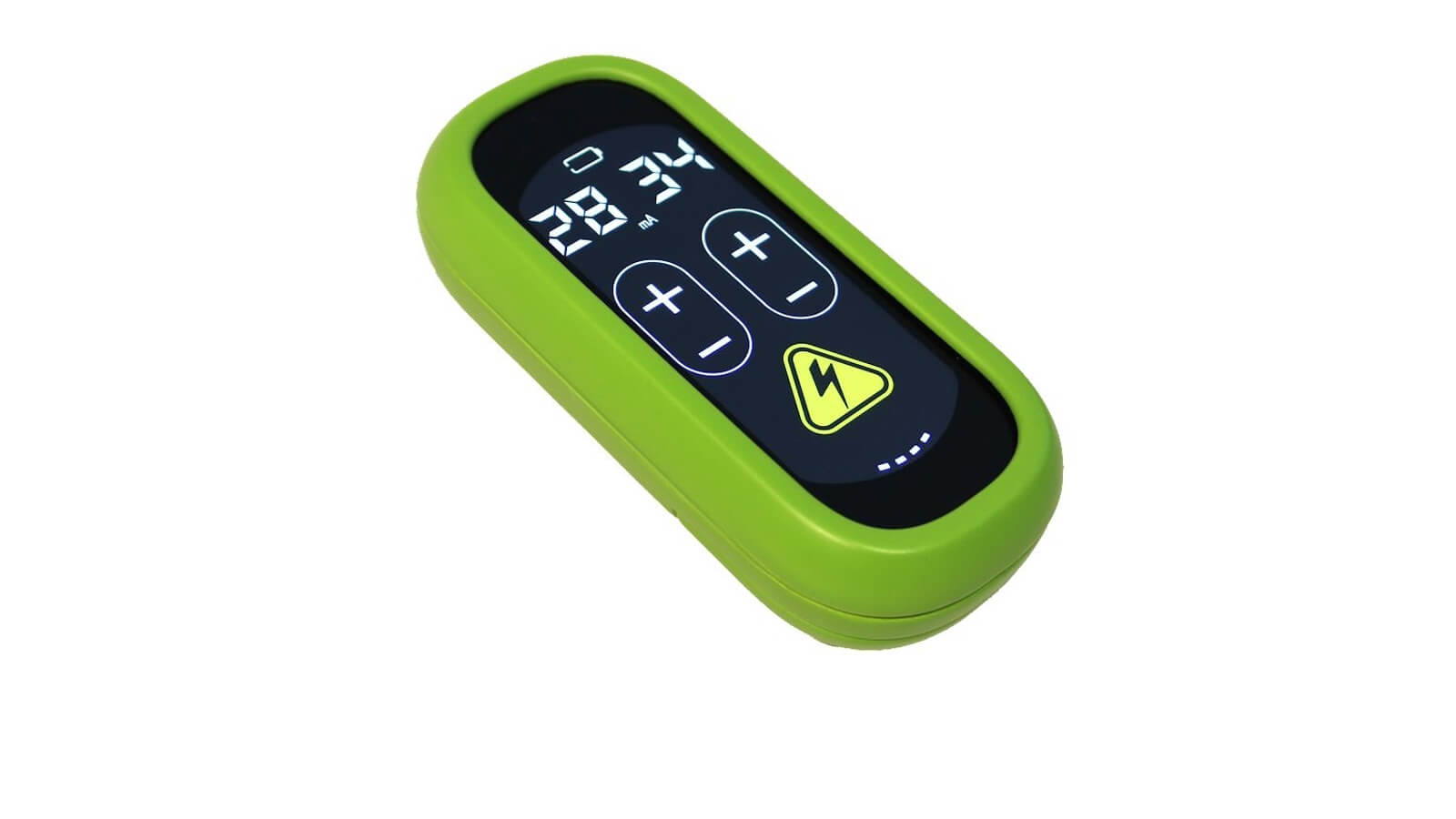A revolutionary innovation in pain management has emerged from a company led by an Indian American entrepreneur. This non-invasive device has the potential to become a game-changer for millions suffering from chronic back pain, acting as a “hearing aid for the spine.”

The brain interprets signals from the body to create a sense of feeling. In chronic pain cases, these signals can become distorted, leading to pain even in the absence of physical damage. This new device, which is still under development, aims to address this communication breakdown.
Here’s how it might work:
- Non-invasive Intervention: Unlike traditional treatments that involve surgery or medication, this device is entirely non-invasive. It is believed to use bioelectronic signals to modulate communication between the nervous system and the brain.
- “Hearing Aid” Analogy: The inventor compares the device’s function to a hearing aid. Just as a hearing aid amplifies faint sounds, this device might fine-tune the signals the brain receives from the spine, potentially reducing the perception of pain.
- Early promise, Further Research Needed: While initial trials have shown promising results, larger studies are needed to validate its effectiveness and long-term safety.
The Indian American at the Helm:
Leading this groundbreaking project is Dr. [Name of Indian American Entrepreneur], a renowned scientist and entrepreneur of Indian origin. His vision and dedication to creating a non-invasive solution for chronic pain have driven the development of this device.
Potential Impact on Chronic Pain:
Chronic back pain is a global health concern, affecting millions worldwide. Current treatment options often have side effects or limited effectiveness. This new device offers a potentially safer and more targeted approach to pain management, raising hopes for a significant improvement in the lives of chronic pain sufferers.
The Road Ahead:
The development of this “hearing aid for the spine” is still in its early stages.
Further research and clinical trials are necessary before it becomes widely available. However, the initial results and the non-invasive nature of this technology make it a promising prospect for the future of chronic pain management.
This innovation by an Indian American entrepreneur is a testament to the ongoing advancements in medical technology. It will be interesting to see how this device evolves and potentially revolutionizes the way we treat chronic back pain.





